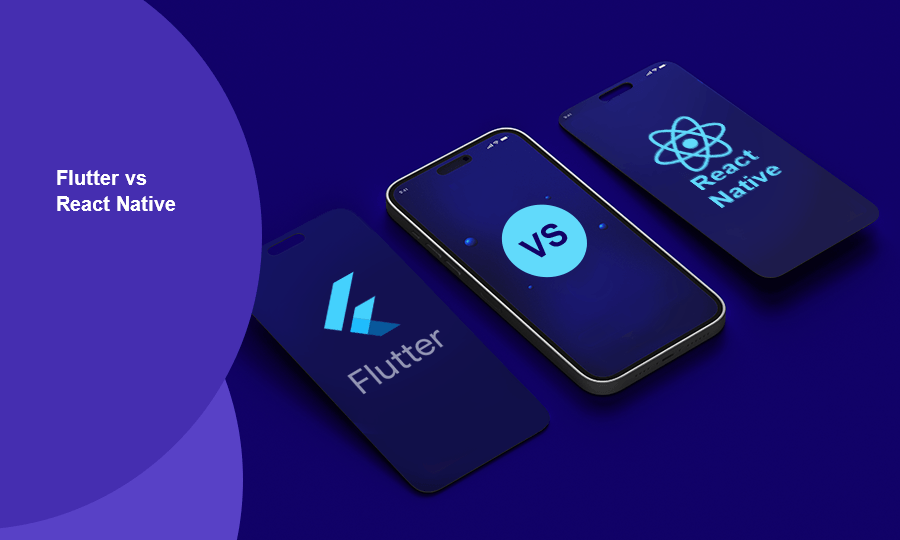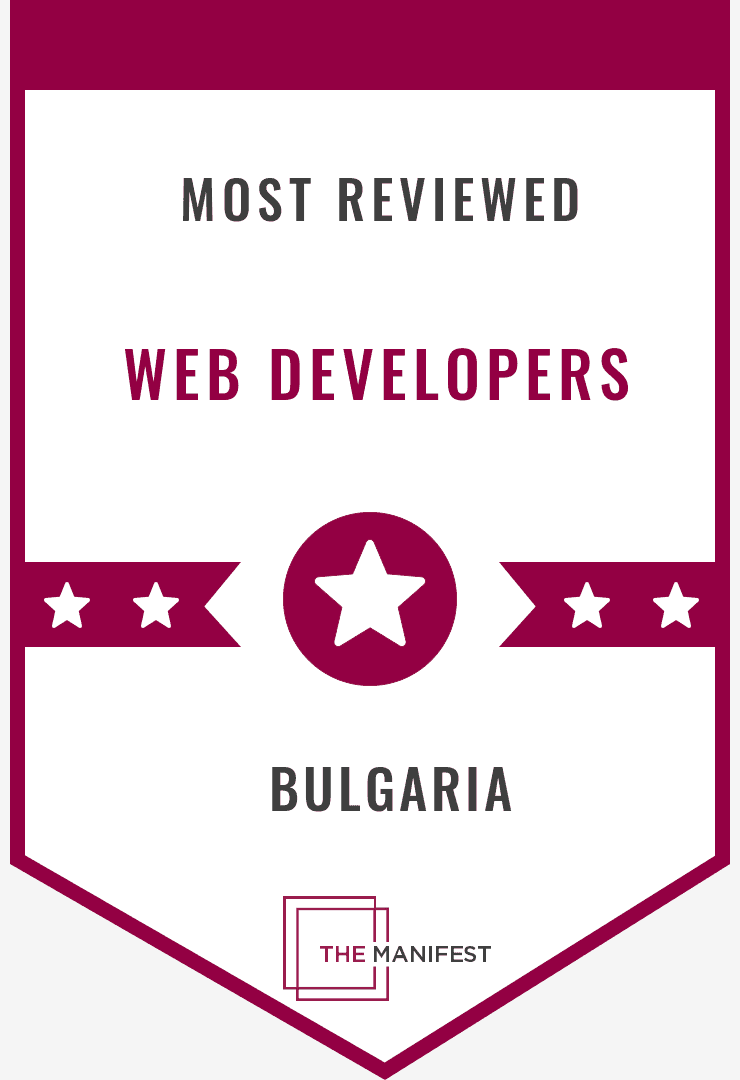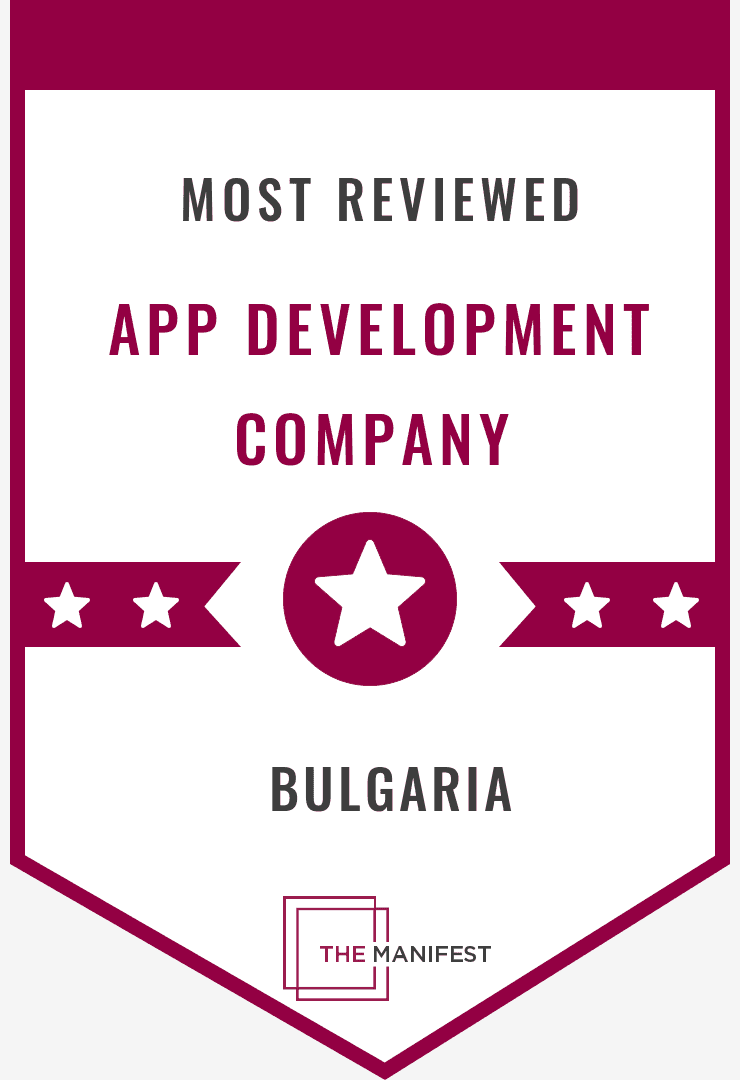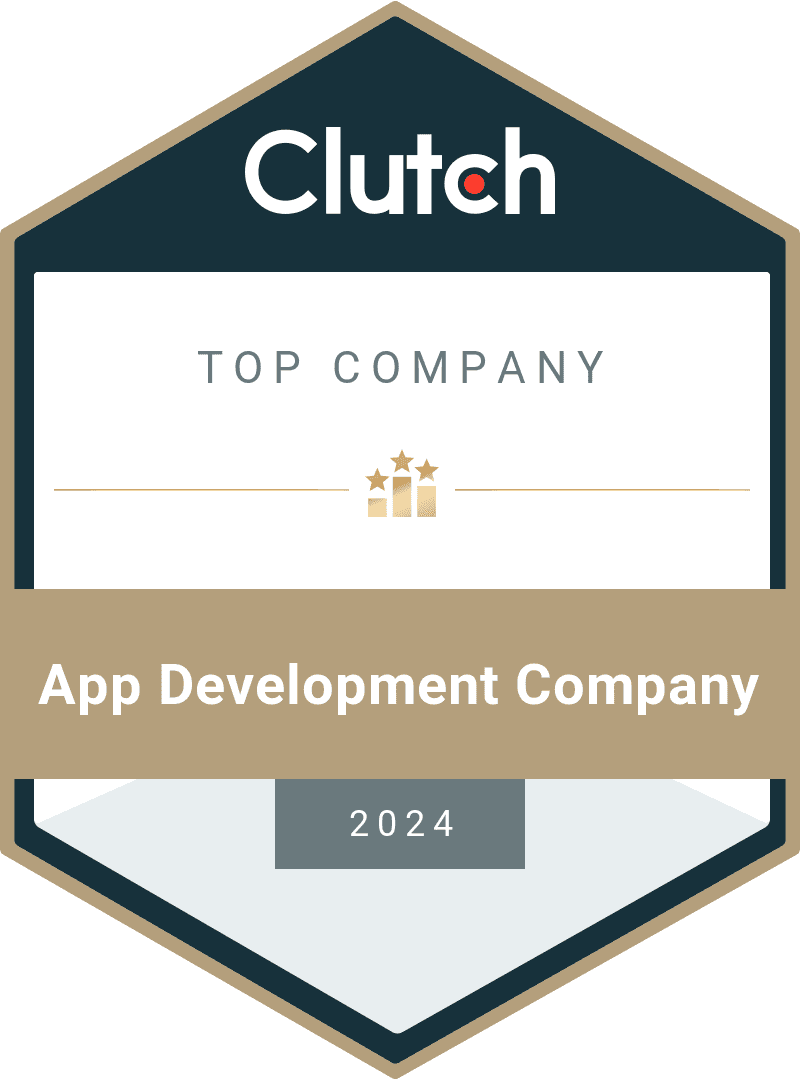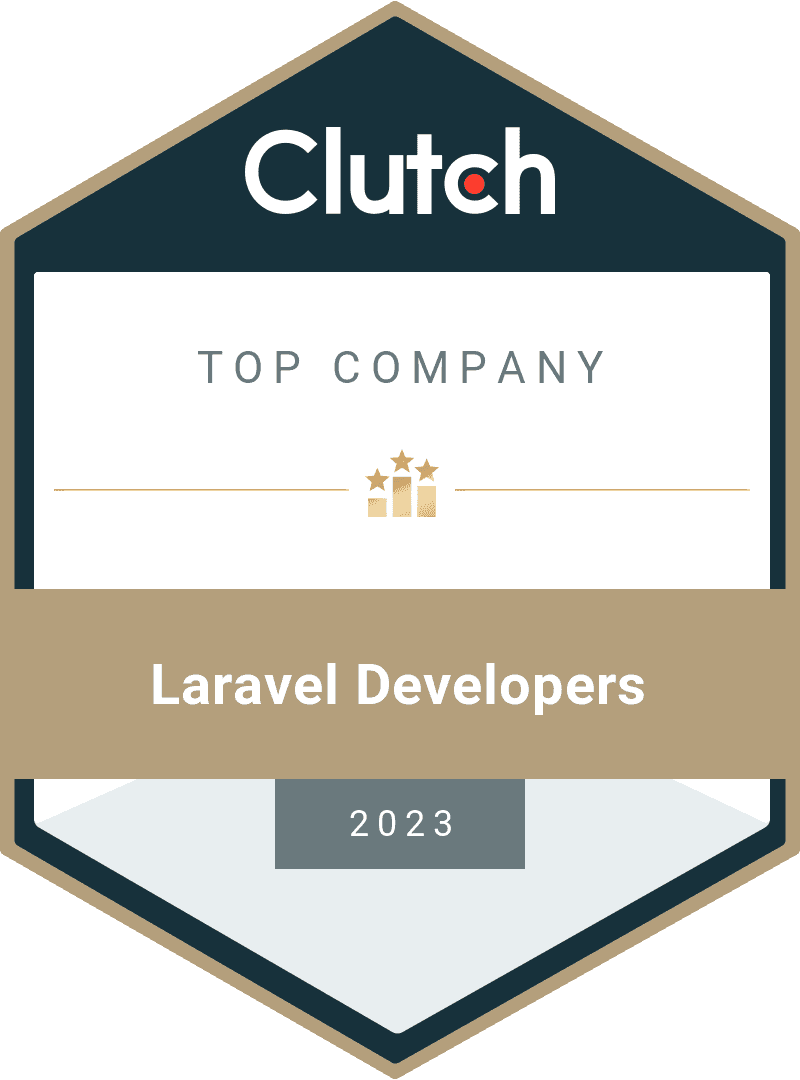When choosing between Flutter and React Native for mobile app development, it's crucial to consider your project requirements, performance needs, developer expertise, and long-term goals. Both frameworks have garnered popularity in the realm of cross-platform app development, but they offer different advantages and challenges depending on the application you're building.
Overview of Flutter and React Native
Flutter is an open-source UI software development kit created by Google. Launched in 2017, it allows developers to create natively compiled applications for mobile, web, and desktop using a single codebase. Flutter uses the Dart programming language and is known for its high-performance capabilities and extensive customization features.
React Native, on the other hand, was introduced by Facebook in 2015. It’s a JavaScript framework that allows for building natively rendered mobile apps for iOS and Android using React. React Native is popular due to its ability to allow developers to write code once and deploy it across multiple platforms while maintaining native-like performance.
Key Differences Between Flutter and React Native
1. Programming Language
- Flutter uses Dart, a language developed by Google. Although Dart is less popular than JavaScript, it’s easy to learn, especially for developers familiar with object-oriented programming.
- React Native leverages JavaScript, the most widely used programming language globally. For teams already versed in JavaScript or React, it’s easy to adopt.
2. Performance
- Flutter stands out with its Ahead-of-Time (AOT) compilation and its use of the Skia graphics engine for rendering. This allows Flutter to offer high-performance, near-native experiences, especially when handling complex UI and animations.
- React Native uses Just-in-Time (JIT) compilation, which, combined with its JavaScript bridge, may cause slight performance lags in more visually intensive applications. However, for most apps, React Native’s performance is sufficient, though it can struggle with more complex animations.
3. User Interface
- Flutter excels in creating consistent UIs across platforms due to its custom widgets. It doesn’t rely on native components, meaning that apps built with Flutter maintain a unified look on both Android and iOS. Flutter also provides pixel-perfect designs, allowing developers to create fully customized user interfaces.
- React Native uses native components, meaning the app’s appearance will vary slightly between Android and iOS, depending on the platform’s native design guidelines. While this can give a more platform-specific feel, it can also introduce inconsistencies across platforms, especially when dealing with custom UI requirements.
4. Development Speed
- Both frameworks offer features like Hot Reload (Flutter) and Fast Refresh (React Native), which enable developers to quickly test changes without recompiling the entire app. However, Flutter’s hot reload is considered slightly faster, reducing development time.
- Flutter’s declarative style and pre-built widget library make it easier to prototype and deploy visually consistent apps. Conversely, React Native may require more effort to fine-tune the app’s appearance across platforms.
5. Ecosystem and Libraries
- React Native, being older, has a mature ecosystem with a vast selection of third-party libraries and community-contributed solutions. This makes it easier to integrate new features or find solutions for specific challenges during app development.
- Flutter is catching up quickly, with its own ecosystem growing steadily through the Pub.dev package repository. Although Flutter's ecosystem is smaller, it provides high-quality packages that meet most development needs.
6. Web and Desktop Support
- Flutter supports web, desktop, and mobile development natively, making it a versatile choice if your project needs a cross-platform solution beyond just mobile.
- React Native, however, focuses mainly on mobile, and while web development is possible via additional libraries (like React Native for Web), it’s not as seamless as Flutter’s web capabilities.

7. Community and Documentation
- React Native benefits from a larger and more mature community, partly due to its reliance on JavaScript and the longevity of the React ecosystem. It’s easy to find solutions, tutorials, and developers familiar with React Native.
- Flutter is rapidly growing in popularity and has excellent Google-backed documentation. While the community is smaller than React Native’s, it is highly active and supportive.
Which Framework is Best for Your Project?
When to Choose Flutter?
- If your project demands high performance, particularly for apps with complex animations or a visually-rich interface, Flutter might be the better option due to its native-like performance and comprehensive UI customization capabilities.
- Flutter is ideal for companies that prioritize consistent design across all platforms and need to minimize the effort required to make their app look the same on iOS and Android.
- For startups or businesses focusing on future scalability with the addition of web or desktop platforms, Flutter’s cross-platform versatility is a key benefit.
When to Choose React Native?
- React Native is best suited for teams that are already experienced with JavaScript and React. It offers a faster learning curve for these developers, making it easier to onboard new developers or transition from web development.
- It’s ideal for projects that don’t require pixel-perfect consistency across platforms, but where maintaining a native feel for both Android and iOS is essential.
- React Native is a better fit for apps that prioritize speed to market, as its extensive library of third-party solutions can significantly speed up development.
Final Thoughts on Flutter vs React Native
Both Flutter and React Native are excellent frameworks for cross-platform mobile development, each with its own strengths. Choosing the right one largely depends on your project’s specific needs, such as performance requirements, design consistency, and team expertise.
If you need high performance, complex animations, or a consistent look across multiple platforms, Flutter may be the ideal choice. However, if your team is already experienced with JavaScript, and you prefer to stick to a framework with a mature ecosystem and faster development cycle, React Native might be the better option.
Ultimately, both frameworks have the potential to power world-class apps, so the decision should be guided by your project’s unique requirements and your development team’s capabilities.
For professional mobile app development, whether you’re choosing Flutter or React Native, partnering with a Flutter app development company can help ensure your app meets your business goals. Many companies offer custom android app development services or can act as a custom app development company, helping bring your vision to life with the right framework.
Relevant Articles:
How the Open-Source Approach Shaped Android's Success
Top Custom App Developers Bulgaria 2024
How to Fix Memory Leaks in IOS and Android Apps
How to Choose Custom Mobile Application Development Partner?

